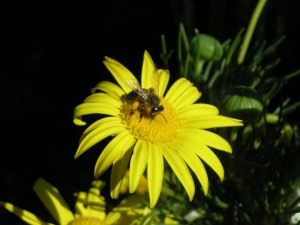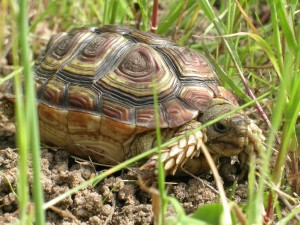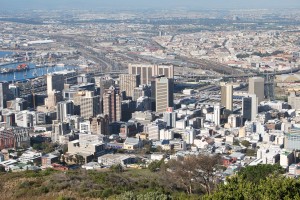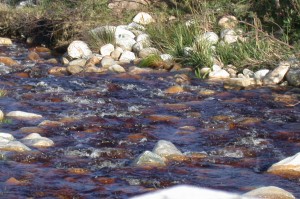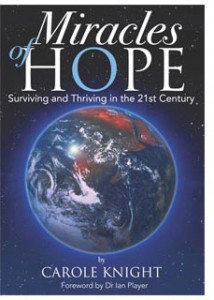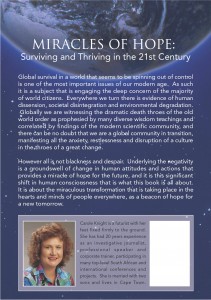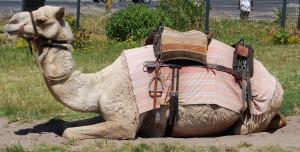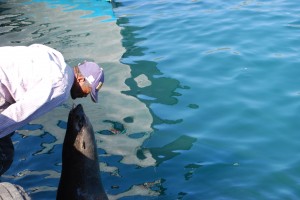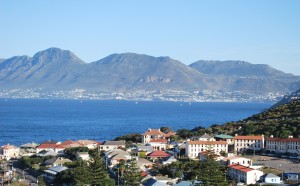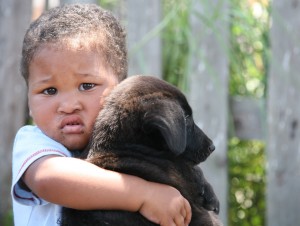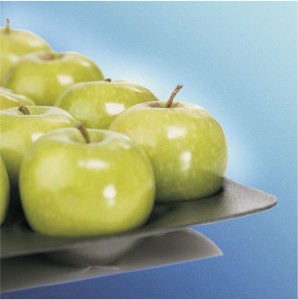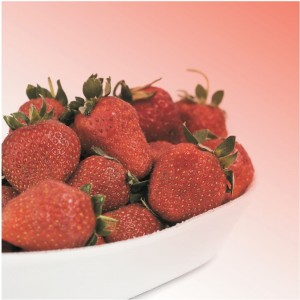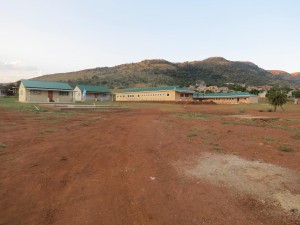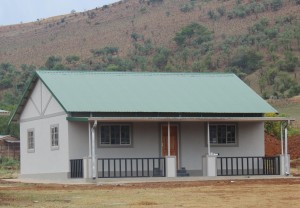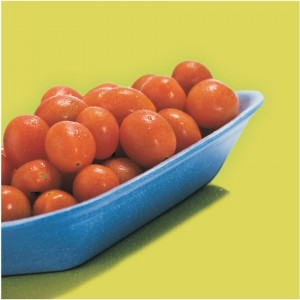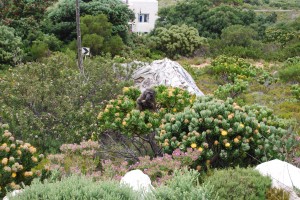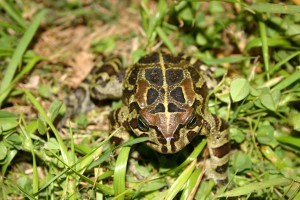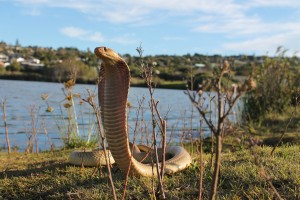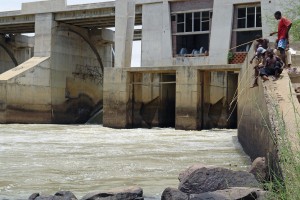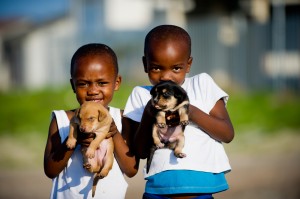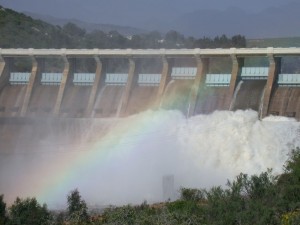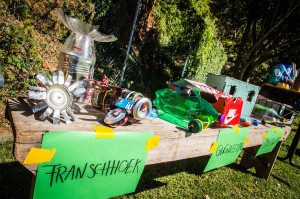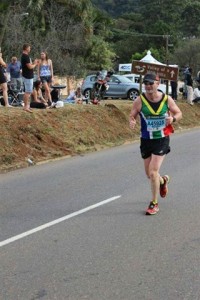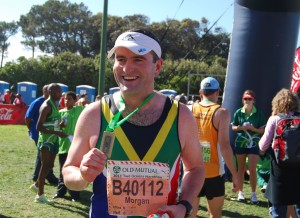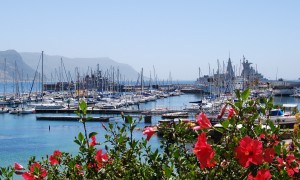Since early times, shamans, sages and prophets have made predictions for the survival of the human race. Universal among these teachings is the prophecy that there will come a time when the fortunes of humanity will undergo a cataclysmic change. The specifics of these End Time warnings differ according to the cultural context of the prophet but there are remarkable threads of commonality that run through these major wisdom teachings. Regardless of the part of the globe or the time period they originated from, many of the prophecies of the Great Change are prefaced or accompanied by catastrophic astrological, climatic, environmental and geological upheaval. And in many of the prophecies, this is scheduled to take place within the first decades of the 21st Century.
For instance the Oglala, one of the tribes of the Great Sioux Nation of North America, have a tribal legend that predicts that, “112 years after the last bear leaves the Black Hills will come great changes, the time of Blowing Skies”. There has not been a bear seen in the Black Hills, which straddle South Dakota and Wyoming, since the 1880s.
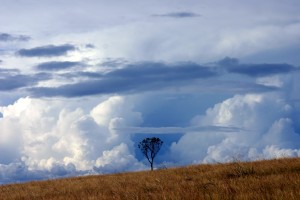 The < Hopi, another North American Indian people, believe that the time of the Great Purification will begin when, "trees everywhere will begin dying; people will build a house and throw it in the sky; cold places will become hot and hot places cold, land sinking beneath the sea and rising above it from below; and the appearance of a blue star". The appearance of a spectacular blue star, supernova SN-1987A, was recorded in 1987.
The ferocious Norsemen, sea-roving Vikings who sailed in their distinctive longboats from Norway, Sweden and Denmark to colonise Iceland and Greenland, foretold in legends of their Norse mythology that, "the world will end not by fire but by ice, formed during endless winters that will freeze the very seas".
Nostradamus, sage from a completely different time and place, made many prophesies among which that, "a very mighty trembling" would occur, accompanied by "hail, larger than an egg". This would happen at some time in the future, during the month of May.
The Bible's last book of the New Testament, the Book of Revelation written by the apostle John, is a record of the visions seen by him while in exile in Patmos. It abounds with apocalyptic images of earthly catastrophe prior to the coming of the "day of the Lord". In Chapter 6 verses 12 to 14, we read of "… a great earthquake; and the sun became black as sackcloth of hair, and the moon became as blood; And the stars of heaven fell unto the earth, even as a fig tree casteth her untimely figs, when she is shaken of a mighty wind. And the heaven departed as a scroll when it is rolled together; and every mountain and island were moved out of their places."
Again in Chapter 8: verses 10 and 11 "And the third angel sounded, and there fell a great star from heaven, burning as it were a lamp, and it fell upon the third part of the rivers, and upon the fountains of waters; And the name of the star is called Wormwood: and the third part of the waters became wormwood; and many men died of the waters, because they were made bitter."
It is possible that this prophecy has already come to pass. Chernobyl is a Russian trans-literation of the Ukrainian word “chornobyl”, which in English means wormwood. The Chernobyl nuclear power station stands on the banks of the Prypiat River near its confluence with the Dnieper and the Uzh Rivers in northern Ukraine on the border with Byelorussia. The irony of this horrendous nuclear accident is that the Chernobyl nuclear disaster which began on 25 April 1986 was initiated as an experiment to improve safety. The final death count of this nuclear accident is unknown and will probably never be known.
Coming closer to our own era, the renowned Japanese sage, Meishu Sama, born in 1880 in a Tokyo slum, foretold of the Earth undergoing "a mighty upheaval, the greatest cataclysm in all history" at a time, which he believed to be the biblical "last judgment".
The < Hopi, another North American Indian people, believe that the time of the Great Purification will begin when, "trees everywhere will begin dying; people will build a house and throw it in the sky; cold places will become hot and hot places cold, land sinking beneath the sea and rising above it from below; and the appearance of a blue star". The appearance of a spectacular blue star, supernova SN-1987A, was recorded in 1987.
The ferocious Norsemen, sea-roving Vikings who sailed in their distinctive longboats from Norway, Sweden and Denmark to colonise Iceland and Greenland, foretold in legends of their Norse mythology that, "the world will end not by fire but by ice, formed during endless winters that will freeze the very seas".
Nostradamus, sage from a completely different time and place, made many prophesies among which that, "a very mighty trembling" would occur, accompanied by "hail, larger than an egg". This would happen at some time in the future, during the month of May.
The Bible's last book of the New Testament, the Book of Revelation written by the apostle John, is a record of the visions seen by him while in exile in Patmos. It abounds with apocalyptic images of earthly catastrophe prior to the coming of the "day of the Lord". In Chapter 6 verses 12 to 14, we read of "… a great earthquake; and the sun became black as sackcloth of hair, and the moon became as blood; And the stars of heaven fell unto the earth, even as a fig tree casteth her untimely figs, when she is shaken of a mighty wind. And the heaven departed as a scroll when it is rolled together; and every mountain and island were moved out of their places."
Again in Chapter 8: verses 10 and 11 "And the third angel sounded, and there fell a great star from heaven, burning as it were a lamp, and it fell upon the third part of the rivers, and upon the fountains of waters; And the name of the star is called Wormwood: and the third part of the waters became wormwood; and many men died of the waters, because they were made bitter."
It is possible that this prophecy has already come to pass. Chernobyl is a Russian trans-literation of the Ukrainian word “chornobyl”, which in English means wormwood. The Chernobyl nuclear power station stands on the banks of the Prypiat River near its confluence with the Dnieper and the Uzh Rivers in northern Ukraine on the border with Byelorussia. The irony of this horrendous nuclear accident is that the Chernobyl nuclear disaster which began on 25 April 1986 was initiated as an experiment to improve safety. The final death count of this nuclear accident is unknown and will probably never be known.
Coming closer to our own era, the renowned Japanese sage, Meishu Sama, born in 1880 in a Tokyo slum, foretold of the Earth undergoing "a mighty upheaval, the greatest cataclysm in all history" at a time, which he believed to be the biblical "last judgment".
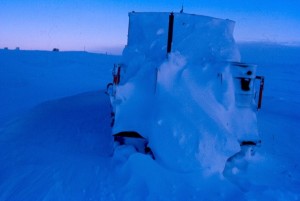 The modern American prophet Edgar Cayce predicted massive earthquakes and geological upheavals occurring at various points on the globe near the end of the 20th Century, some of which we have possibly already seen: “There will be a shifting of the poles. There will be upheavals in the Arctic and the Antarctic that will make for the eruption of volcanoes in the Torrid Area. The upper portion of Europe will be changed in the twinkling of an eye. The earth will be broken up in the western portion of America. The greater portion of Japan must go into the sea.”
The modern American prophet Edgar Cayce predicted massive earthquakes and geological upheavals occurring at various points on the globe near the end of the 20th Century, some of which we have possibly already seen: “There will be a shifting of the poles. There will be upheavals in the Arctic and the Antarctic that will make for the eruption of volcanoes in the Torrid Area. The upper portion of Europe will be changed in the twinkling of an eye. The earth will be broken up in the western portion of America. The greater portion of Japan must go into the sea.”
According to Moira Timms in her book Beyond Prophecies and Predictions: Everyone’s Guide to the Coming Changes, in astrological terms the 17 September 2001 signified a change in radiation, as well as “intense karmic retribution” and it is predicted that, “it is America ‘whose Sun at thirteen degrees Cancer is conjunct Jupiter in this chart’ where transformation of the creative forces will begin at the close of the old world order. The ‘New Order of the Ages’ will first take root on what is now known as the North American continent …” Perhaps this date is close enough to 11 September 2001, the date of the terrorist attacks on the twin towers of the World Trade Centre in New York and the Pentagon in Washington, to be significant in relation to future events that are still likely to occur?
**********************
Whether any of these varied prophecies has already occurred or will still come to pass in our time or indeed at any time in the future, nobody can tell. However if astrological, climatic, environmental and geological anomalies are to be harbingers of the coming Change, as prophesied by the wisdom teachings of many diverse cultures, then perhaps there is cause for concern, for the scientifically documented changes occurring in the natural world at this time are serious and extensive. So serious in fact, that on 18 November 1992 the Union of Concerned Scientists published a document titled “Warning to Humanity” in Washington D.C. It was signed by 1600 of the world’s leading scientists, including 101 Nobel Laureates. These scientists represented 69 nations.
The Warning observed that, “Human beings and the natural world are on a collision course. Human activities inflict harsh and often irreversible damage on the environment and on critical resources. If not checked, many of our current practices put at serious risk the future that we wish for human society and the plant and animal kingdoms, and may so alter the living world that it will be unable to sustain life in the manner that we know. Fundamental changes are urgent if we are to avoid the collision our present course will bring about.”
The Union of Concerned Scientists warned that “Our massive tampering with the world’s interdependent web of life – coupled with the environmental damage inflicted by deforestation, species loss, and climate change – could trigger widespread adverse effects, including unpredictable collapses of critical biological systems whose interactions and dynamics we only imperfectly understand. Uncertainty over the extent of these effects cannot excuse complacency or delay in facing the threats.”
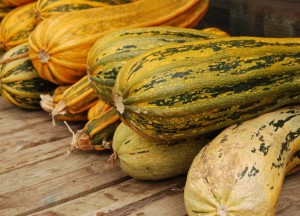 The Warning went on to explain that, -“The earth is finite. Its ability to absorb wastes and destructive effluent is finite. Its ability to provide food and energy is finite. Its ability to provide for growing numbers of people is finite. And we are fast approaching many of the earth’s limits. Current economic practices, which damage the environment – in both developed and underdeveloped nations, cannot be continued without the risk that vital global systems will be damaged beyond repair. A great change in our stewardship of the earth and the life on it is required – if vast human misery is to be avoided and our global home on this planet is not to be irretrievably mutilated.”
The Warning went on to explain that, -“The earth is finite. Its ability to absorb wastes and destructive effluent is finite. Its ability to provide food and energy is finite. Its ability to provide for growing numbers of people is finite. And we are fast approaching many of the earth’s limits. Current economic practices, which damage the environment – in both developed and underdeveloped nations, cannot be continued without the risk that vital global systems will be damaged beyond repair. A great change in our stewardship of the earth and the life on it is required – if vast human misery is to be avoided and our global home on this planet is not to be irretrievably mutilated.”
It left no doubt that “A new ethic is required – a new attitude towards discharging our responsibility for caring for ourselves and the earth. We must recognise the Earth’s limited capacity to provide for us. We must recognise its fragility. We must no longer allow it to be ravaged. This ethic must motivate a great movement, convincing reluctant leaders and reluctant governments and reluctant peoples themselves to effect the needed changes” because “no more than one or two decades remain before the chance to avert the threats we now confront will be lost and the prospects for humanity immeasurably diminished.”
The essence of this Warning was repeated in the World Scientists’ Call for Action presented at the 1997 Kyoto Climate Summit held in Japan. More than 1500 scientists from 63 countries, including 110 Novel laureates and 60 US National Medal of Science winners, signed it. It is more relevant now than ever before.
************************************
Sigmund Freud stated that “human character is now earth’s destiny”, for never before in the known history of the planet, have there been as many people jostling for breathing space, sleeping space, living space, and working space. Our sheer numbers, building up and pressing down on the tectonic plates that form the rafts of our survival, will determine our odds for the future. But whatever our universal future holds for us, and nowhere is this written in stone, one thing is clear: as we move further into the 21st Century, the world that we are inhabiting is changing in many fundamental and momentous ways. Ways that as yet we have little understanding of.
These changes have touched people’s awareness everywhere, both at an intellectual, cognitive level and also at a deeper, more intuitive and spiritual level. The great concern of the 21st Century will be how we are going to survive, and beyond that, thrive, in a world that seems to be spinning out of control. Our destiny and the destinies of the planet’s other inhabitants are going to be largely up to us in this century. And it is clear that each and every one of us will have a part to play in the survival of our planet as we know it. Hopefully this book will play a part in ringing the clarion call for us all…
